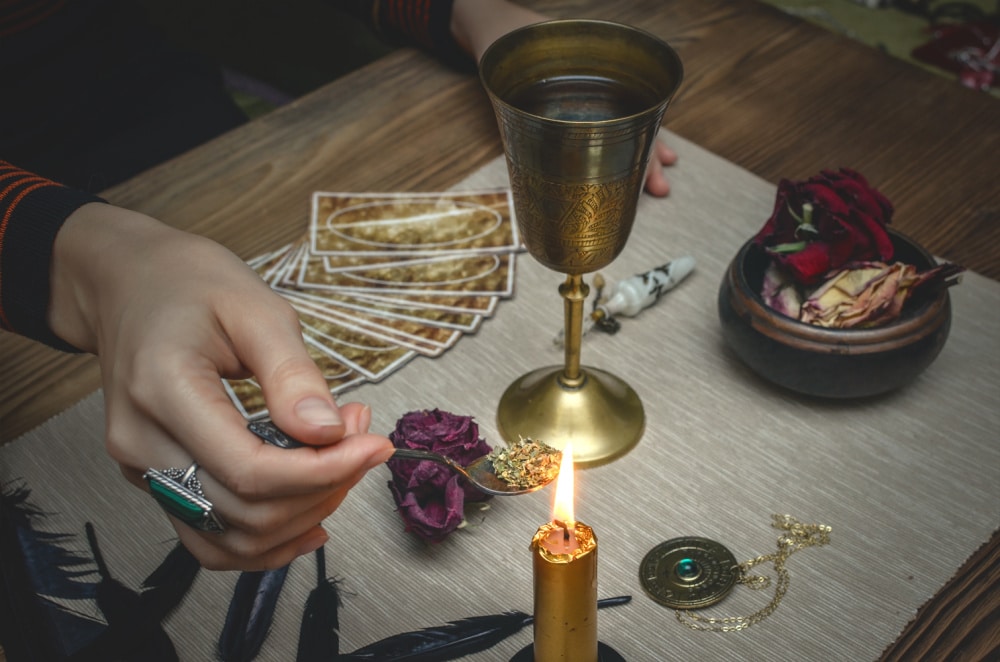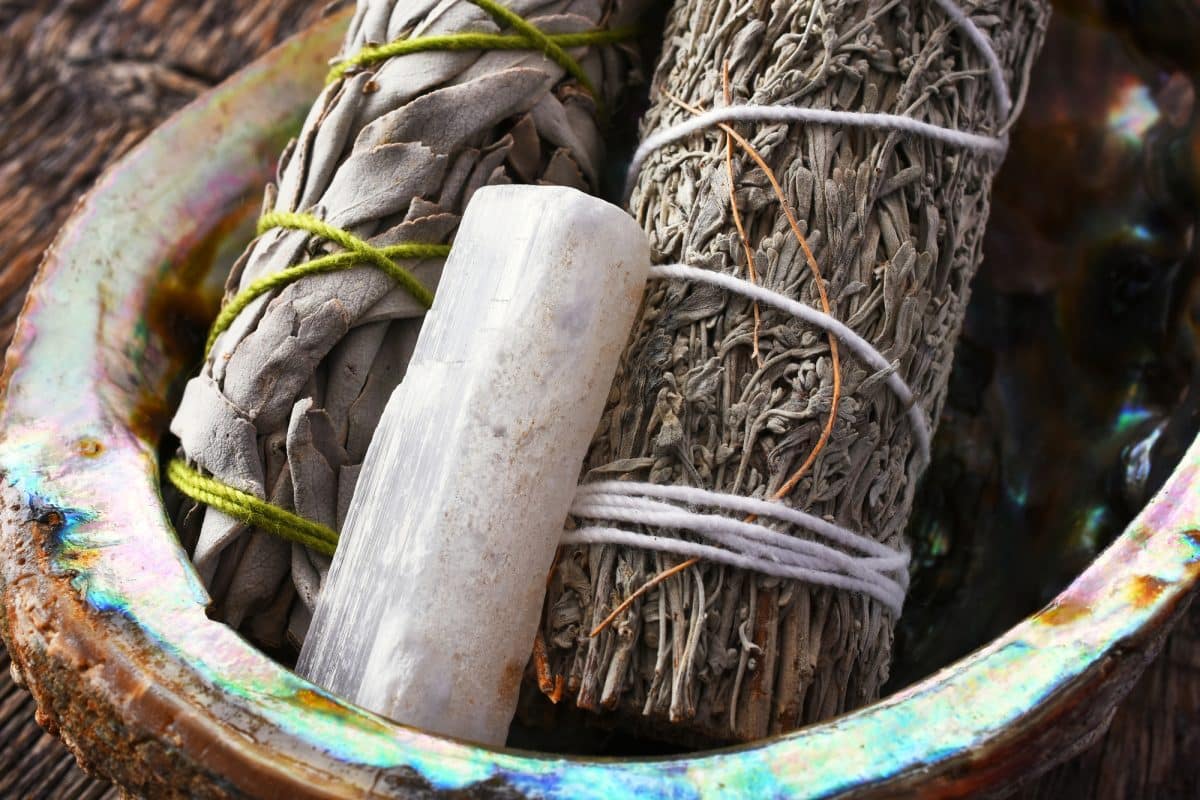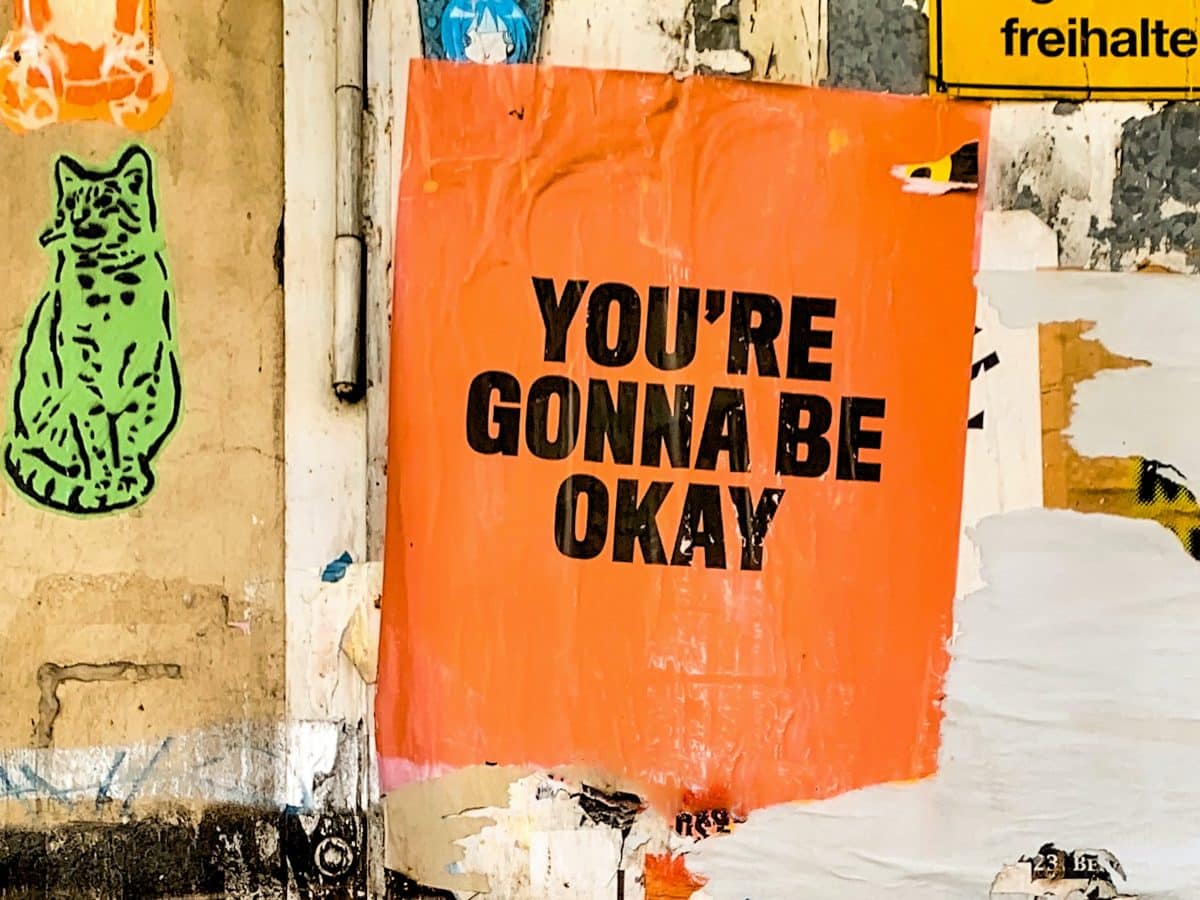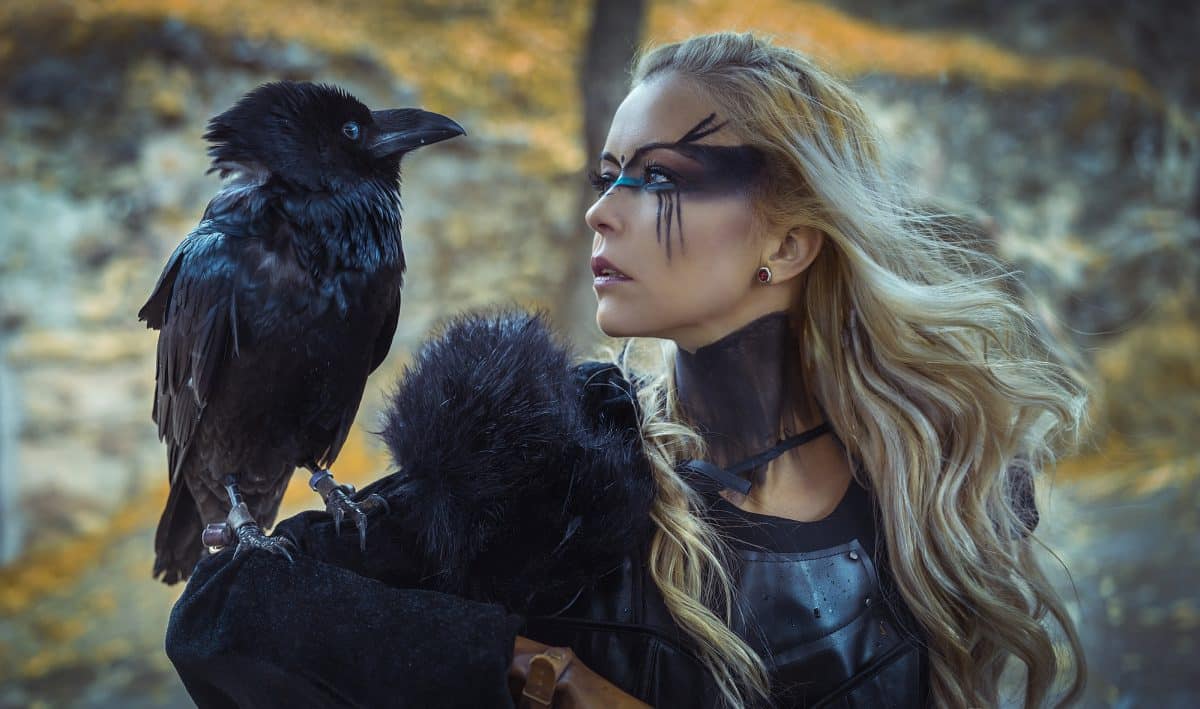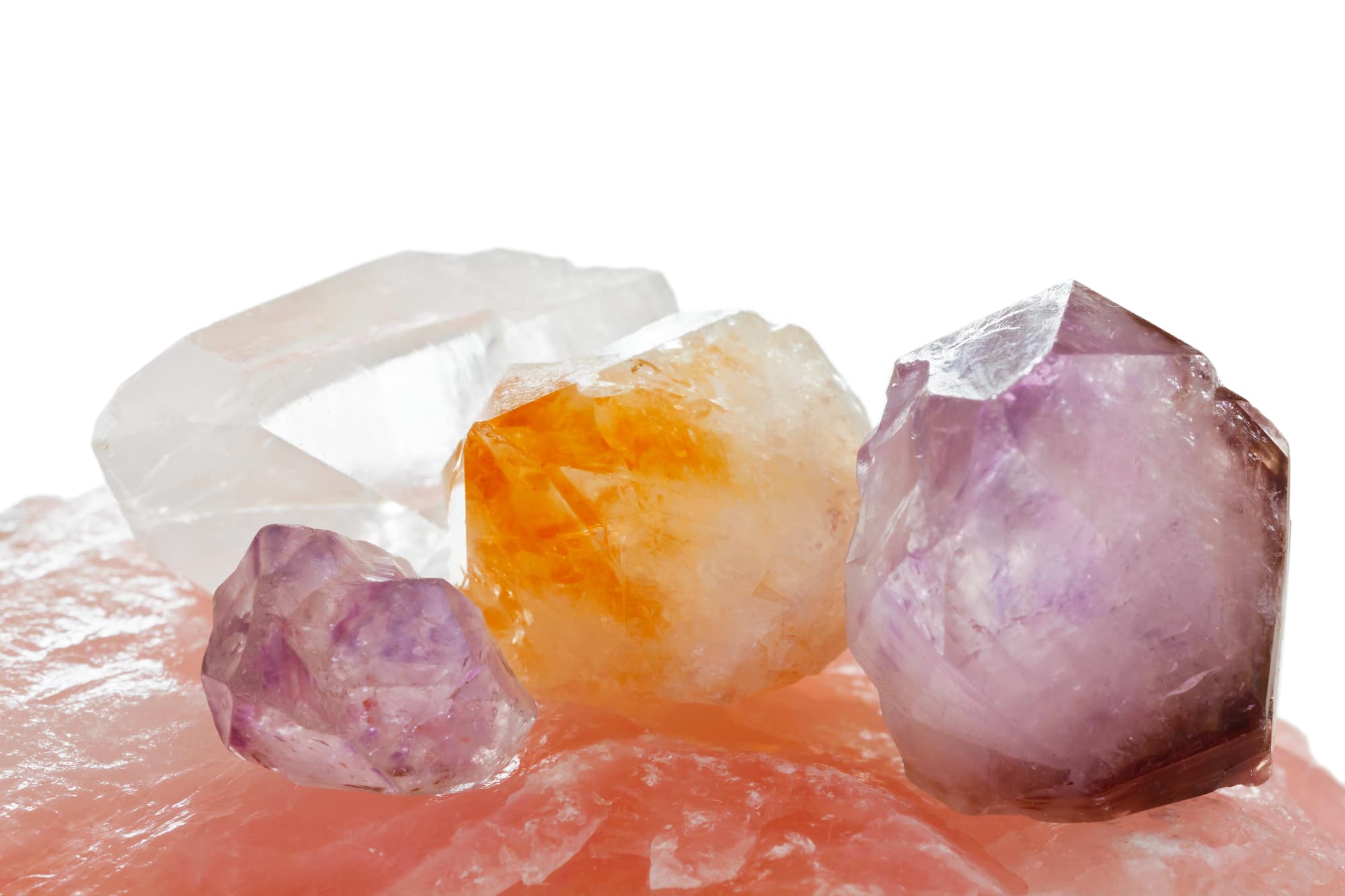Witchcraft Tools: What You Need to Get Started
In our modern era, ancient practices like witchcraft have regained popularity, attracting individuals with their unique combination of spiritual, mindful, and natural elements.
As the mystical world of witchcraft unfolds, you may find yourself intrigued by the array of tools used in its practice.
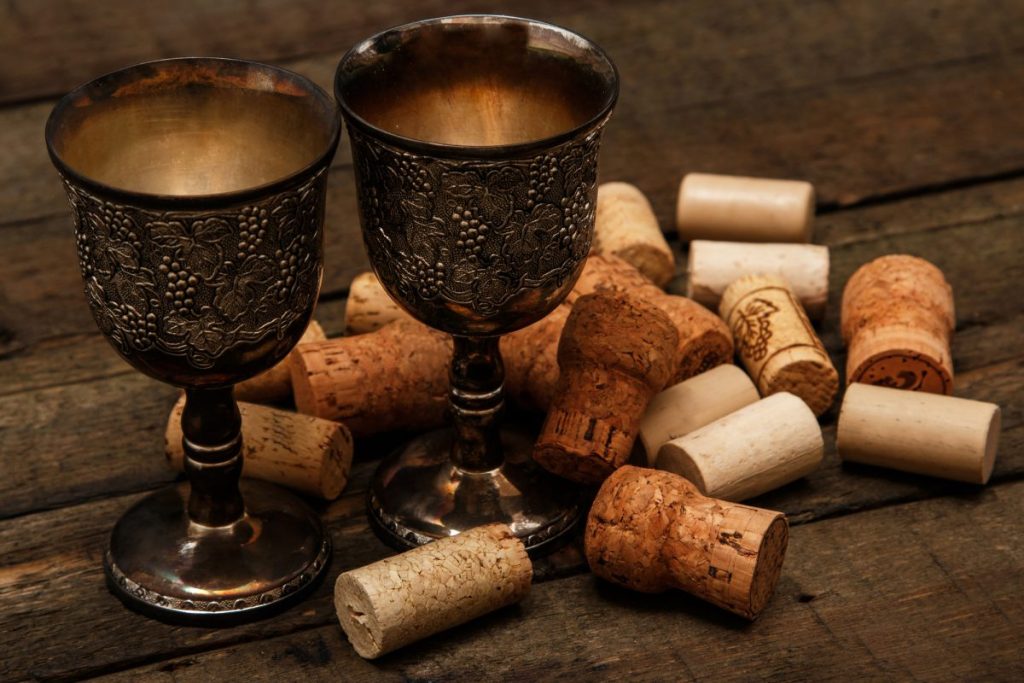
Table of Contents
The Essence of Modern Witchcraft
The world of witchcraft today extends far beyond antiquated stereotypes. This practice encapsulates a wide variety of traditions, belief systems, and techniques, all centered around spirituality, mindfulness, and a profound connection with nature.
It’s not about wicked spells or ominous magic. Instead, it’s about self-empowerment, healing, positivity, and fostering a deeper understanding of oneself and the universe.
While witchcraft encompasses many practices, it’s essential to understand that it doesn’t demand adherence to a strict set of rules or beliefs. It’s a flexible practice that encourages individual exploration and personal growth.
One can draw from various traditions and incorporate elements that resonate most with them. This eclectic, personalized approach helps each witch find a unique spiritual path that best suits their beliefs, goals, and lifestyle.
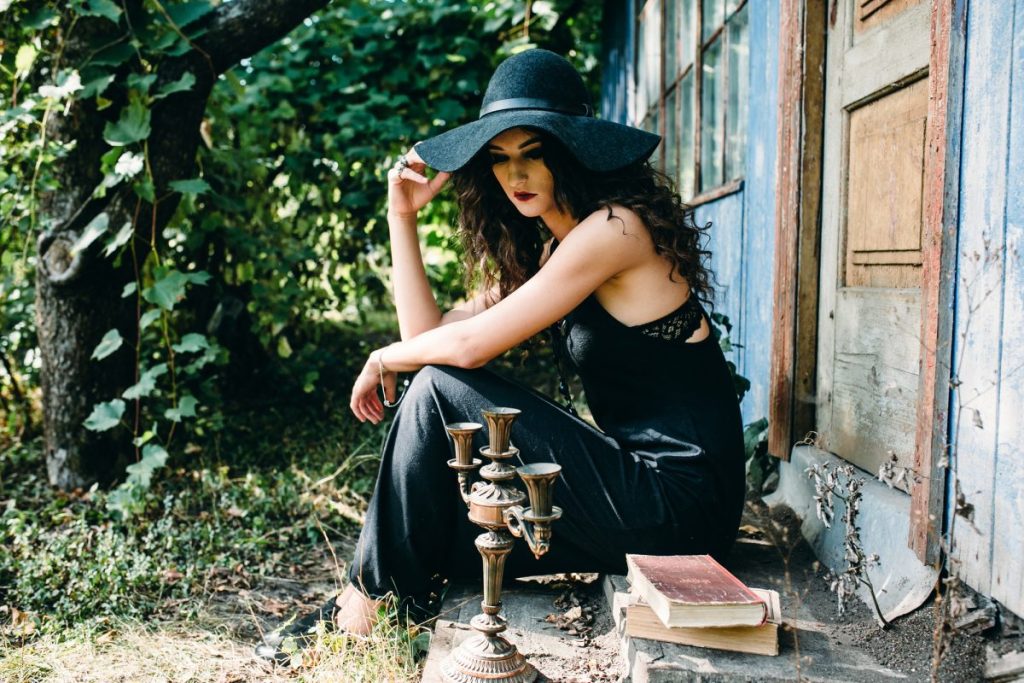
The Essential Witchcraft Tools: A Beginner’s Checklist
Like any art or craft, witchcraft requires specific tools to facilitate its practice. These instruments serve multiple functions, from focusing energies to symbolizing elements, aiding in rituals, and enhancing spiritual connections.
Below are some of the key tools used in witchcraft.
The Altar
The altar is more than a physical space; it is the spiritual epicenter of a witch’s practice. It’s a sacred area where witches conduct their magical workings and connect with their spirituality. Typically, an altar holds various symbolic items, ritual tools, and other elements that resonate with the practitioner’s spiritual journey.
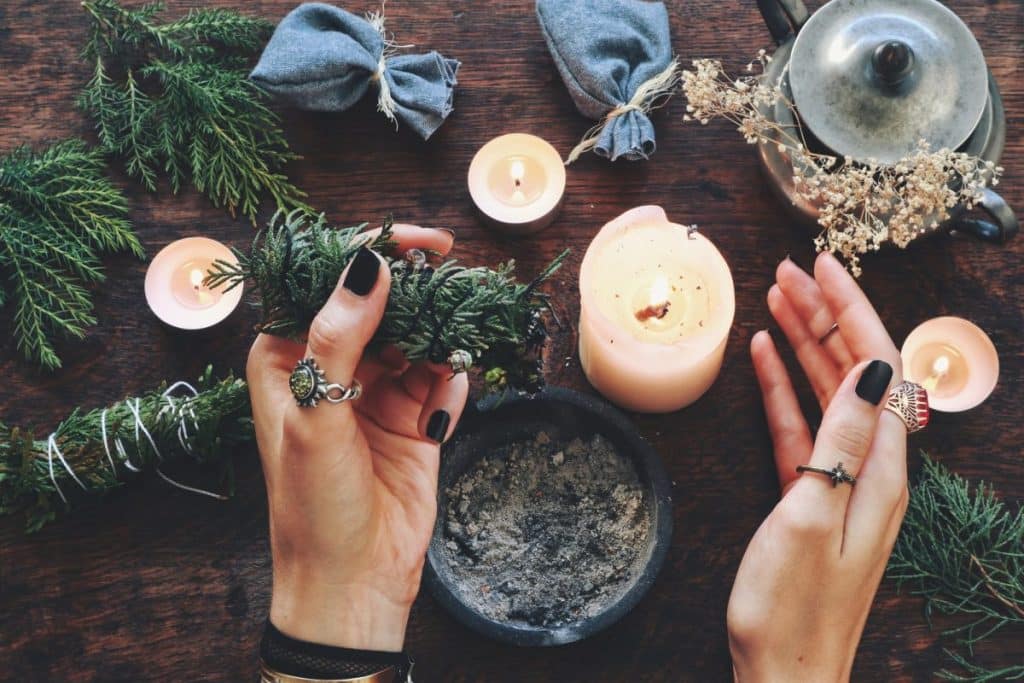
While the items on the altar can vary greatly depending on personal preferences, tradition, and the intention of the practice, common elements might include candles, incense, crystals, and statues or images of deities. The setup of your altar can change with the seasons, your personal growth, or the particular spell or ritual you are working on.
The Athame
The athame, a ritual knife or dagger, is an integral tool in many witchcraft traditions. It’s used primarily to direct energy during rituals, not for any physical cutting or carving. In a majority of practices, the athame represents the element of air, although in others, it may symbolize fire.
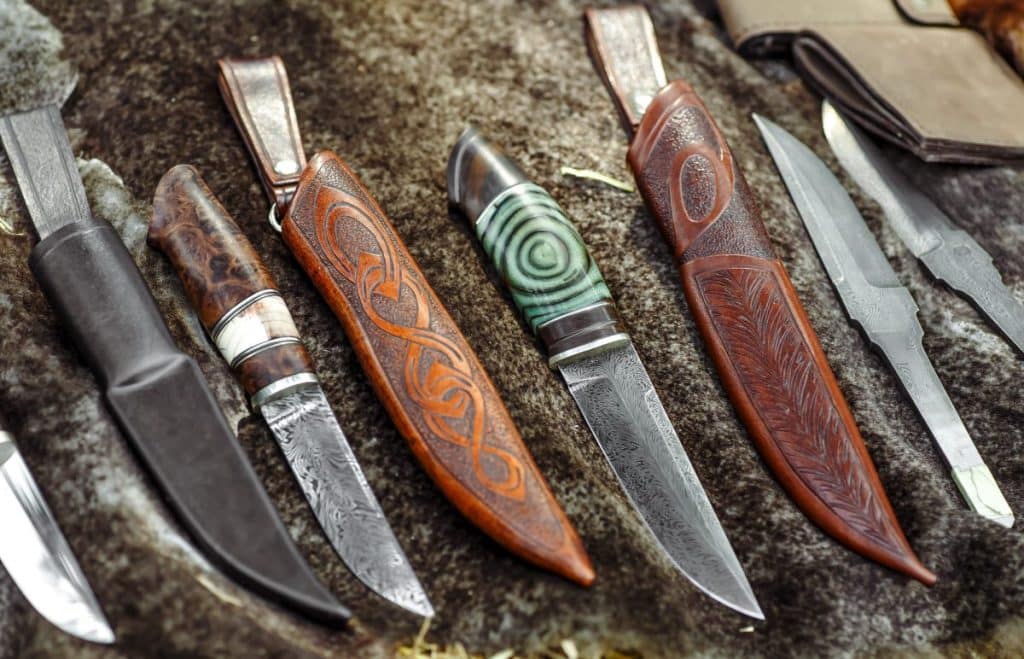
The athame is often used in the casting and closing of the magical circle, a fundamental practice in many witchcraft traditions. The magical circle is a purified and sacred space where witches conduct their rituals, and the athame aids in defining and protecting this space.
The Wand
In witchcraft, the wand is a powerful tool of invitation and invocation. It’s used to call upon deities, spirits, and elemental forces during rituals and spells. Wands can be made from various materials, including wood, crystal, and metal, each material carrying its own symbolic meaning and energy.
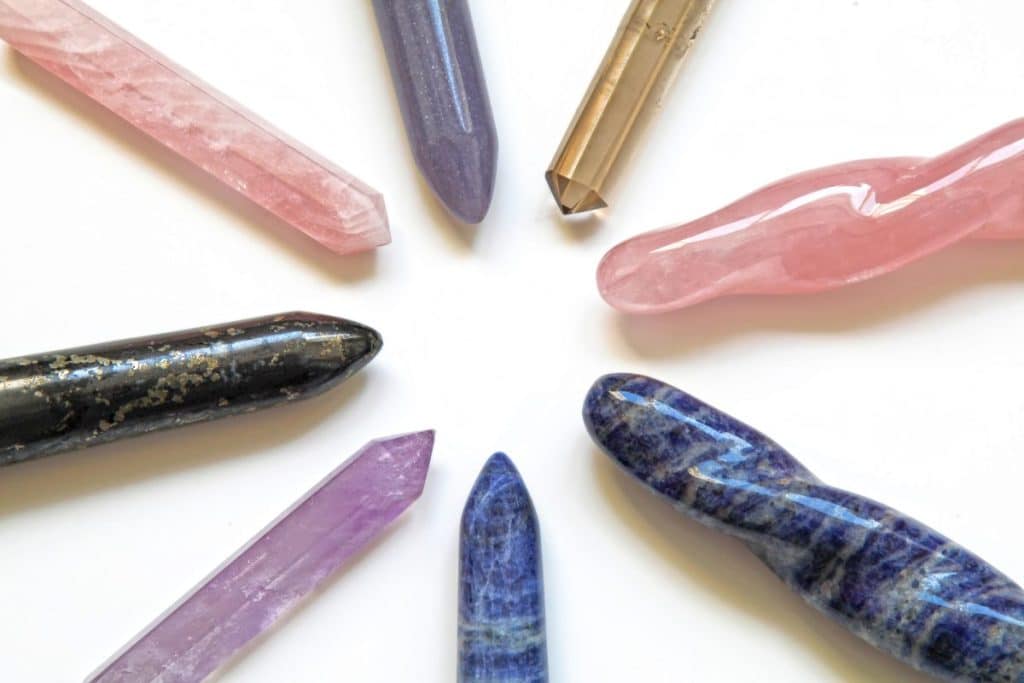
While some witches prefer to buy their wands, others choose to make their own. Crafting your wand can be a deeply personal and transformative process. It enables you to form a connection with the tool, infusing it with your energy and intention.
The Pentacle
The pentacle is a protective and grounding symbol in witchcraft. This tool, a disc or plate inscribed with a pentagram, represents the earth element and is often used in rituals aimed at manifestation, abundance, and physical wellbeing.
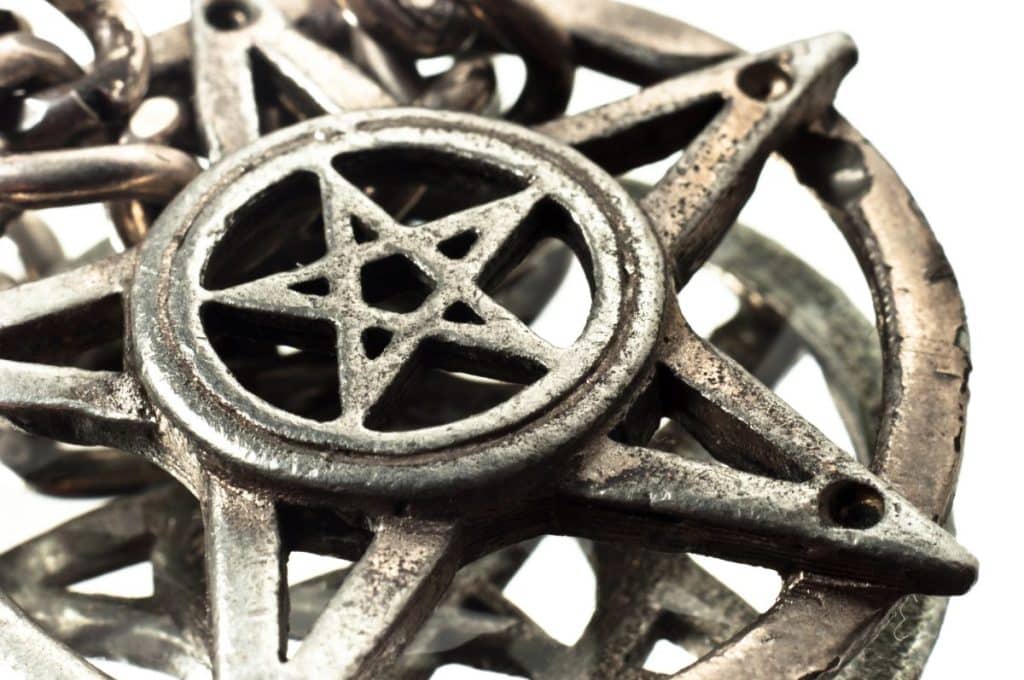
In addition to its protective properties, the pentacle is also a symbol of balance and harmony. The five points of the pentagram represent the five elements—earth, air, fire, water, and spirit—and their interconnectedness. The presence of a pentacle on the altar can remind the practitioner of the importance of balance in their magical workings and their life.
The Chalice
The chalice, or the ritual cup, holds significant symbolism in witchcraft. It represents the water element and is used in rituals associated with emotional balance, healing, and purification. During ceremonies, the chalice can hold a variety of liquids, such as water, wine, or other ritual beverages.
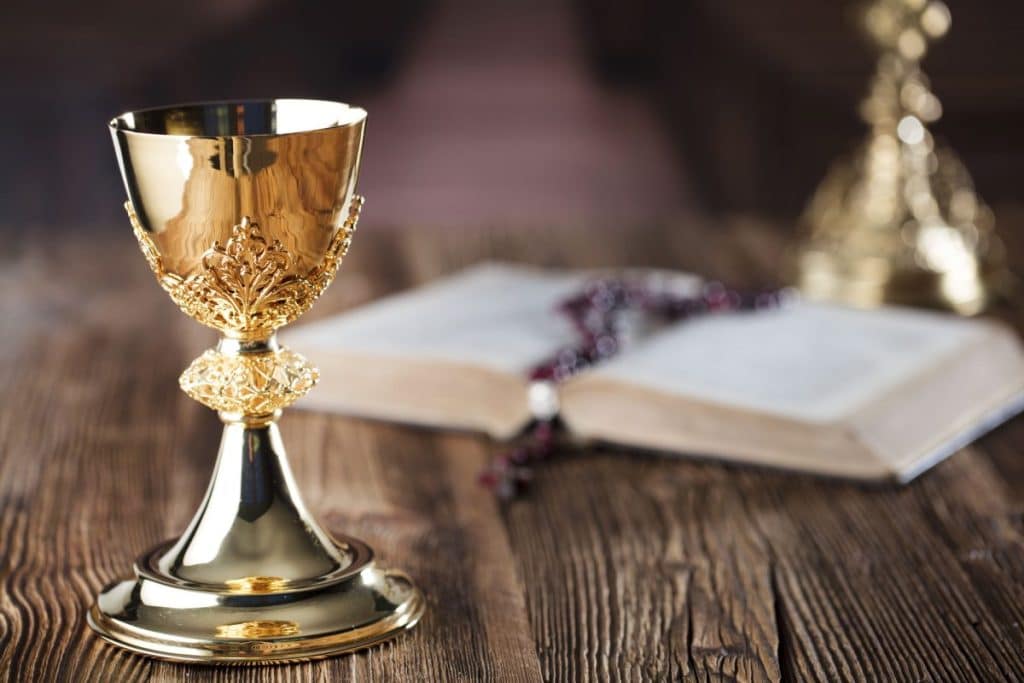
The chalice is also often used in rituals involving the goddess. In these instances, the chalice symbolizes the goddess’s womb, further emphasizing its associations with fertility, abundance, and emotional richness.
Candles, Incense, and Oils
Candles, incense, and oils play a crucial role in witchcraft, each carrying specific energies and symbolism. These tools help in creating a suitable atmosphere for rituals and spellwork, signifying various intentions, and connecting with the element of fire.
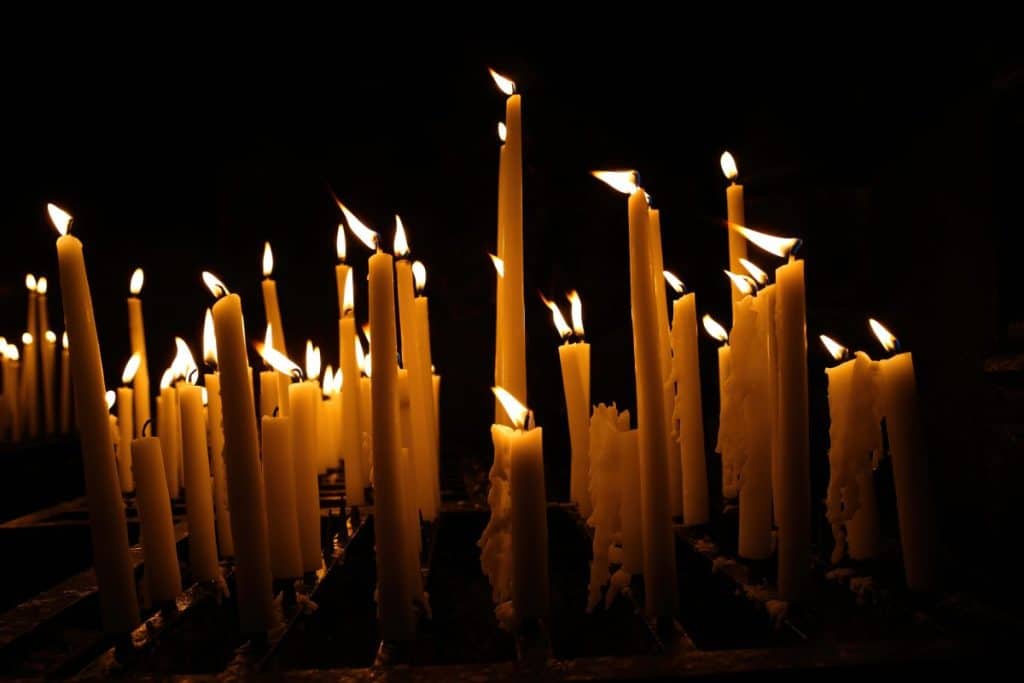
The choice of color for candles, the scent of incense, and the type of oil used can all be carefully selected to correspond with the specific intention of the ritual or spell. For instance, a green candle might be used in a prosperity spell, lavender incense for a relaxation ritual, or rose oil for a love spell.
The Book of Shadows
The Book of Shadows is a deeply personal tool in the practice of witchcraft. It’s a record of a witch’s unique journey, filled with their own spells, rituals, recipes, reflections, and experiences. This book serves as a repository of wisdom that can be referred back to, evolved over time, or even passed down to future generations.
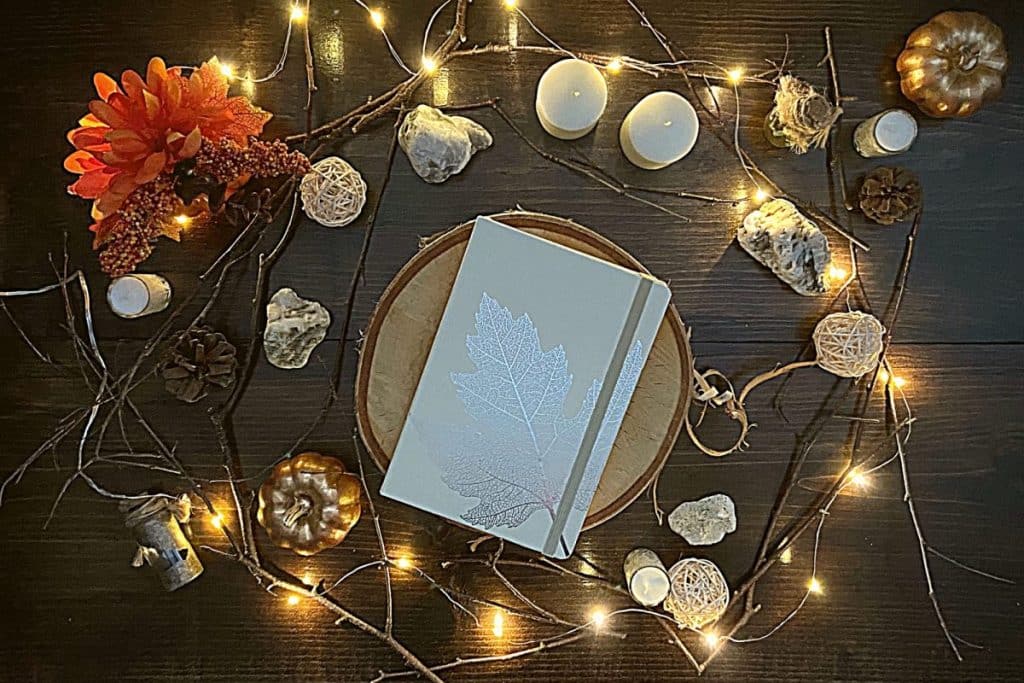
The Book of Shadows can be a bound book, a loose-leaf binder, a digital document, or whatever form best suits the individual witch.
Some witches prefer to keep their books secret, while others share them openly. The choice is deeply personal and depends on one’s individual beliefs and practices.
Ethical Considerations When Procuring Witchcraft Tools
As you begin collecting your witchcraft tools, it’s crucial to do so with respect and consideration. Many tools, particularly those derived from nature or crafted by artisans, carry significant energetic and physical impact.
When purchasing tools, consider supporting local artisans or businesses that source their materials ethically. Not only does this support small businesses, but it also ensures that your tools have been made with respect for the environment and the people involved in their creation.
If you’re collecting tools from nature—such as stones, feathers, or wood for a wand—always do so respectfully. Ask for permission from the spirit of the plant or place, take only what you need without causing harm, and express gratitude for the gift.
This respectful approach aligns with the core witchcraft principle of honoring nature and its abundant gifts.
The Tools
The practice of witchcraft is not determined by the tools one possesses, but rather by the intent, will, and belief of the practitioner. The tools serve as aids, helping to focus and direct energy, but the real magic comes from within the witch.
Remember, while this guide provides an extensive overview, witchcraft is an intensely personal and flexible practice.
There’s no one-size-fits-all approach. Instead, feel free to adapt, personalize, and create a practice that deeply resonates with you. Let your intuition guide you as you embark on your magical journey.

